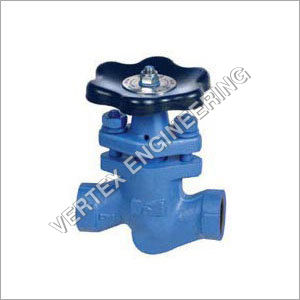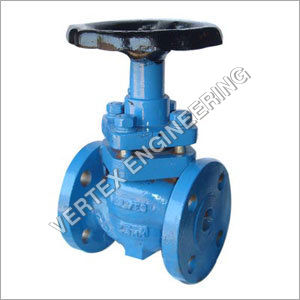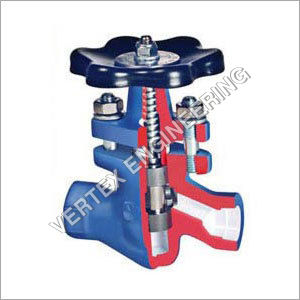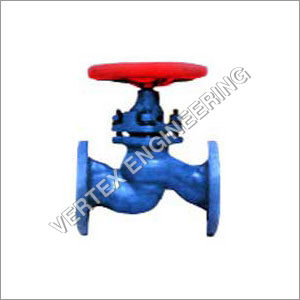Manual Piston Valves

Product Details:
- Usage As Piston Valves
- Color Red And Blue
- Type Piston Valves
- Material Alloy
- Power Manual
- Working Presssure High Pressure
- Media Water
Manual Piston Valves Price And Quantity
- 1 Set
Manual Piston Valves Product Specifications
- Manual
- Alloy
- High Pressure
- Piston Valves
- Water
- As Piston Valves
- Red And Blue
Manual Piston Valves Trade Information
- Cash in Advance (CID) Cheque Cash Advance (CA)
- 100-200 Set Per Month
- 1-4 Week
- Yes
- Sample costs shipping and taxes has to be paid by the buyer
- Western Europe Australia North America Eastern Europe Africa Middle East South America Asia Central America
- All India
Product Description
By offering an excellent quality Manual Piston Valves, we have established ourselves as a customer-focused organization having extensive experience in the functional domain. The offered valves are used to connect with pipes for controlling water flow. Our provided valves are efficiently manufactured at our well advanced production unit by making use of optimum quality materials. We offer an extensive collection of Manual Piston Valves in diverse dimensions, shapes and finishes at marginal prices to our customers.
The family of valves includes piston valves, rotary valves, ball valves and other valves, which make use of selective positioning of an inner core with one or more through-holes or cavities that direct the flow from one or more inlet ports to one or more outlet ports.
The valve body has a rotating mechanism with a hole bored through it, positioned between inlet and outlet ports. In few cases, cavity or indent in the rotating ball decides the flow path. Cavity or hole through in the rotating mechanism lines up with as well as connects both the ports, allowing the flow. This rotating mechanism can be a ball or a flat, thick metal disc.
In the rotary valve, the central core with a bore through it generally rotates on a single axis and aligns the bore with the ports. The flow through the valve can be controlled effectively by displacing the central on the vertical axis.
In the rotating valve, the inner core (piston) rotates. Thus valve becomes a piston valve, when piston slides up and down.
In a ball valve, ball rotation is limited to one axis for turning the flow on and off. If the ball was allowed to rotate freely on any axis, once the bore and ports were aligned on single axis, rotation on a perpendicular axis might not change the first's bore alignment with its associated ports. There is the chances of including a second bore within the ball that would align once another particular orientation was achieved on a second rotation axes. A single valve with multiple rotation axes can be several control options with the ports cleverly designed on the ball.
These valves have unlimited possibilities of both, liquid and gas flow. The real challenge of these valves is giving a seal between the moving part (with the bore) and the ports, while allowing the needed motion.
Benefits
- Reliability- The life of ball, rotary or piston valve exceeds with a washer. They rely on the primary seal between the ports and the moving part, and do not require a packing nut.
- When the aligned bore and ports are at least equal in diameter to the outlet and inlet pipes, there is no or little restriction to flow through the valve.
- From both directions through the valve, the flow is equal.
- These valves can quickly transition from “on†to “off†with a minimum mechanical displacement. These can be used in applications that require speed.





